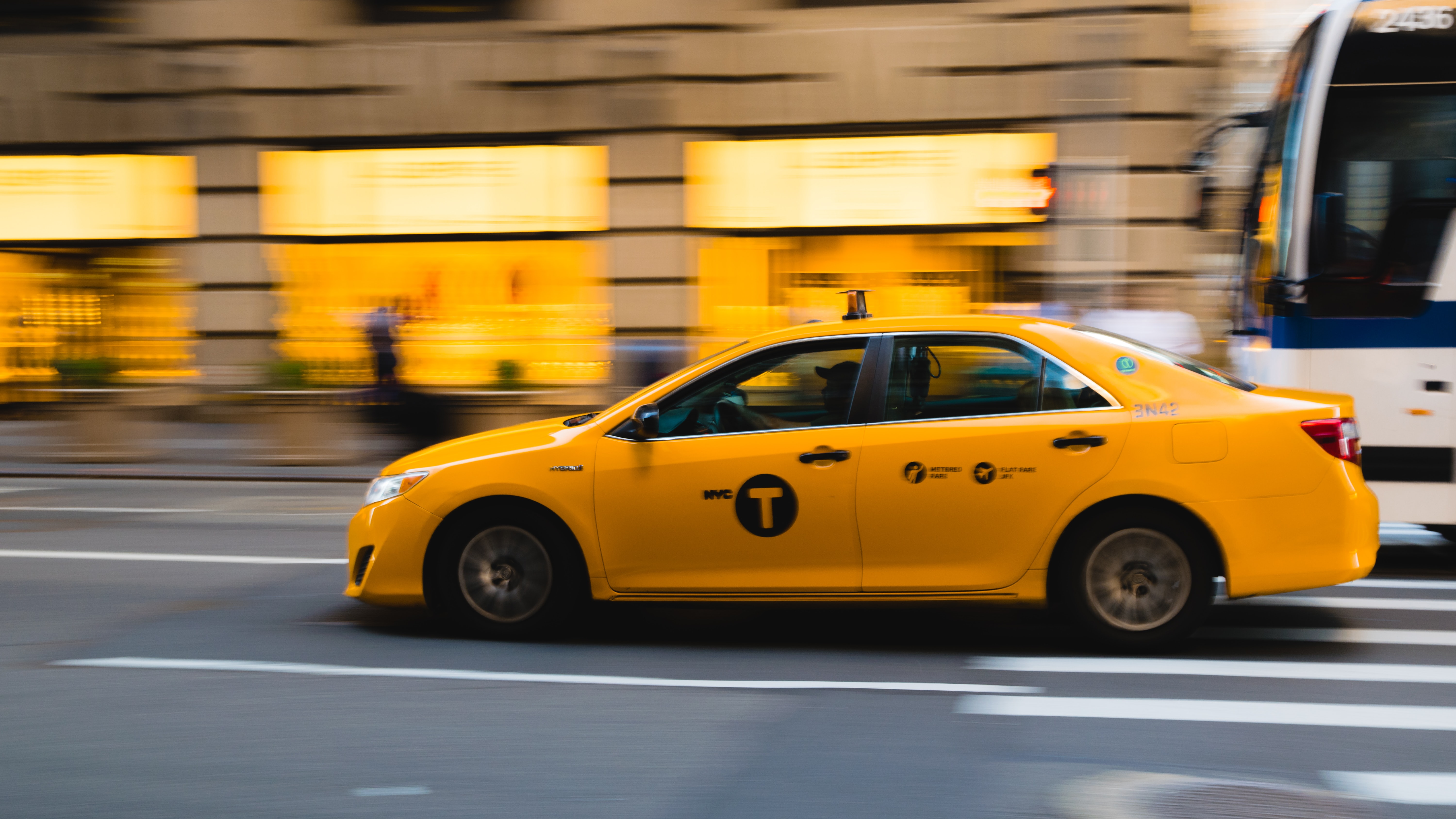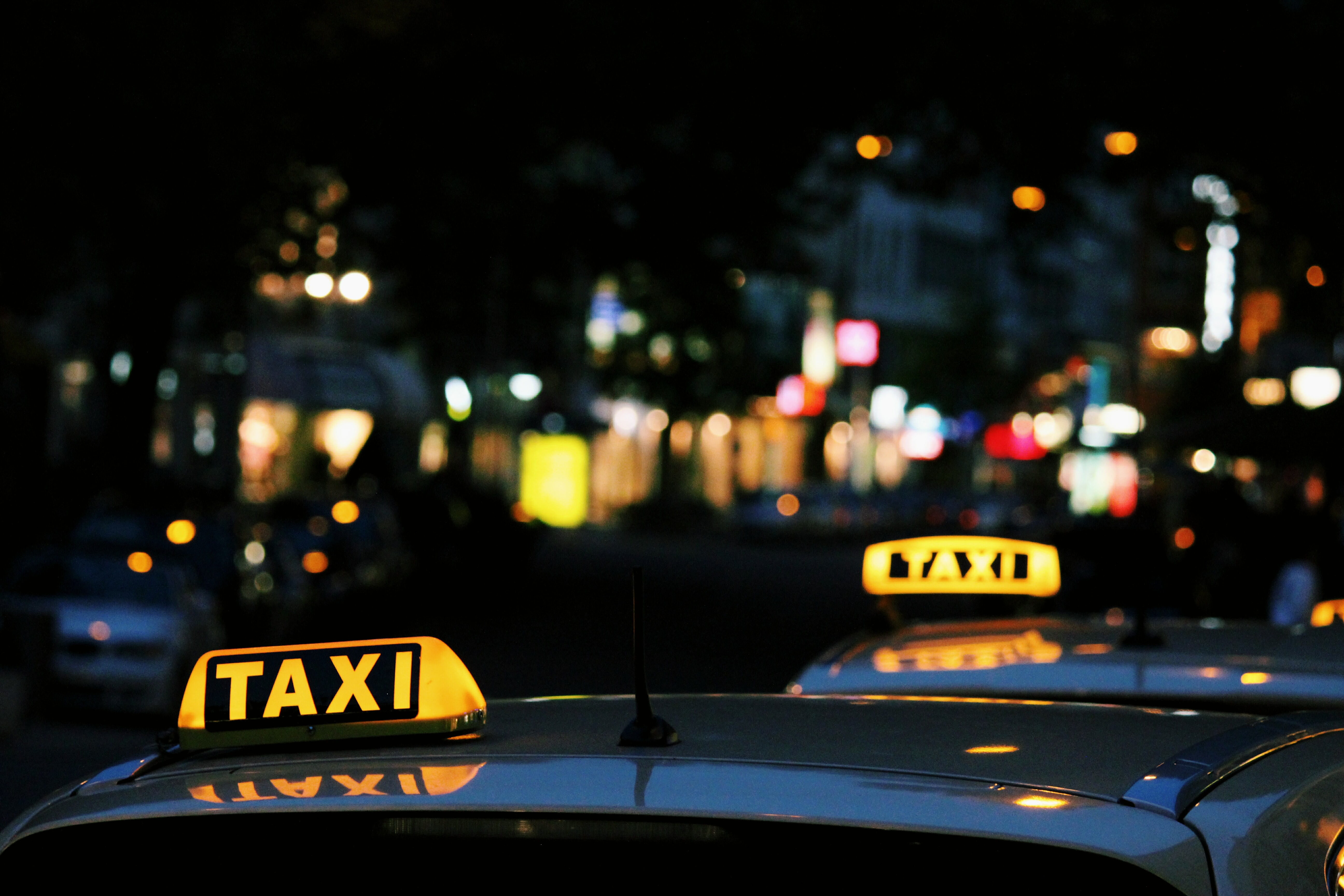They’d decrease movement, ease air contamination, and supplement public travel. Or then again so they said.
Be that as it may, the impacts of Uber, Lyft, and other transportation network companies (TNCs as they are known), are signifying more chaos on city boulevards. In New York City, fast development in on-request vehicles meandering the streets—with and without travelers—is adding to distinctly reduced traffic, as various examinations of Taxi and Limousine Commission information by Bruce Schaller, a transportation advisor and previous NYC DOT official, have revealed.
San Francisco is by a few measures the third-most traffic-choked city in the country, however authorities revealed that ride-hailing organizations weren’t too useful in making sense of precisely why there is loads of upbeat discussion related to coordinated effort, as per what specialist Joseph Castiglione associated with the San Francisco County Transportation Authority had to say. Ye he added, that the sort of data they reportedly said to share was not by any means helpful.
So specialists got smart. After their solicitations for citywide excursion information were evidently rebuked by Uber and Lyft, Northeastern University scientists developed a software product that scratched reams of vehicle area information. San Francisco County Transportation Authority staff at that point neatly displayed, and mapped that data to know where, when, and what number of trips occur on a daily basis Their investigation found that more than 170,000 vehicle trips are made by TNCs inside the city on a common weekday, which accounts to 15 percent of all auto treks, and 9 percent of all excursions, crosswise over various modes. They likewise found that by far most of TNC trips are intensely packed in San Francisco’s north-east quadrant, which is as of now the densest, most congested area of the city, and in addition the territory best served by open travel, bicycle paths, and walkable roads. Future investigations will look at the degree to which TNCs may add to the influx of traffic—and possibly adding to the mitigation in Bay Area travel ridership.
In rush hour Boston, Alison Felix, a transportation organizer at the Metropolitan Area Planning Council, said that her city has likewise battled with a shortage of important information from Uber, Lyft, and other ride-hailing organizations.
So the MAPC carried out a rider intercept study to put a face on the issue. Of the about 1,000 TNC travelers analyzed in fall 2017 around the Boston metro territory, more than 40 percent said they would have availed public travel if Uber or Lyft had not been accessible, and 12 percent said they would have taken a stroll or used a bike. Most referred to speed and comfort as the primary purposes of picking an on-request ride over transports like buses or trains.
Certainly, Uber, Lyft and different TNCs aren’t winning a particularly hard-fight for riders. Administration cuts and performance dips on many travel systems—particularly bus networks—offer travelers little motivation to remain faithful. In a few urban communities, the ascent of ride-hailing might be as much an announcement on the nature of public transit as whatever else. Schaller gauges that this year, the quantity of year for hire vehicle travelers will surpass the number of bus riders across the country.
The outcomes are about what you’d predict and anticipate: UberPool gets the advantage to win on time, while the CTA is inclined to win on cost. The most time conserving UberPool trips were between private neighborhoods where rail stations don’t for the most part broaden, and where bus service voids are very much vast.
It really is ideal that TNCs are assembling travelers in travel deficient neighborhoods. What’s more, Chicago isn’t the main place that is going on—comparable examples have risen in New York and San Francisco, where Uber and Lyft rides are additionally serving lower-wage neighborhoods and neighborhoods of color with an intensity of more than what yellow taxicabs used to.
In any case, public authorities are in charge of guaranteeing that future. After at first vying to direct Uber and Lyft like taxi organizations, numerous urban cities have since welcomed ride-hailing as a cure to auto reliance.



